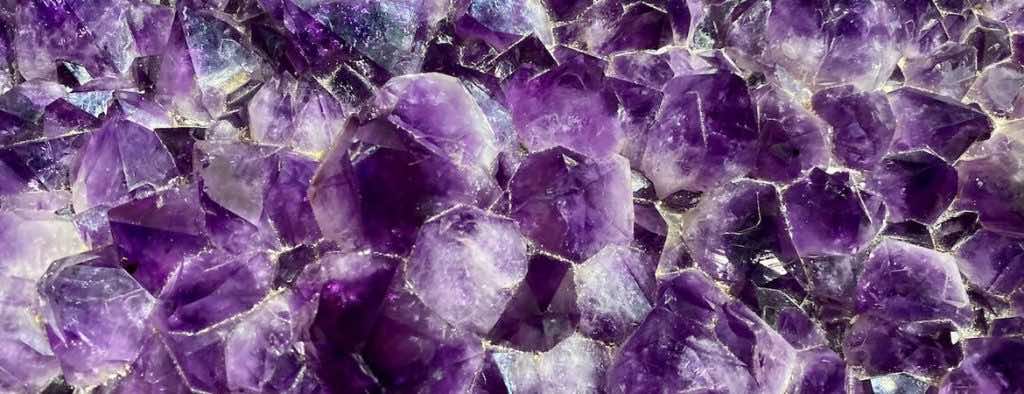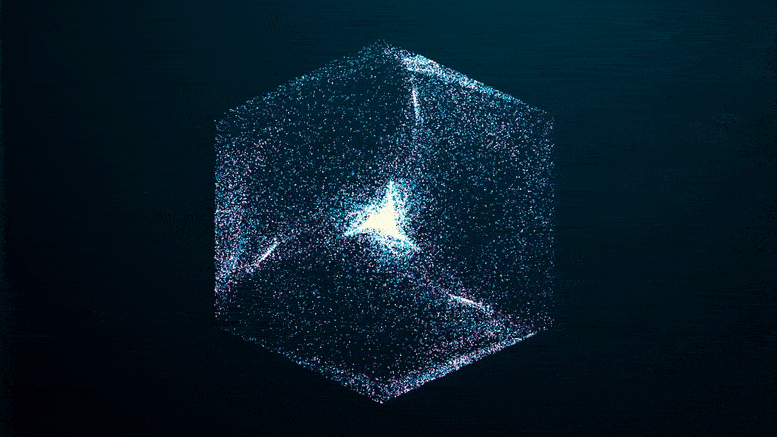Researchers think it’s time for time crystals to leave the lab and enter the real world and a recent discovery implies it may happen sooner rather than later.
A team led by UC Riverside Assistant Research Professor Hossein Taheri demonstrated that time crystals might exist for an arbitrarily long duration at ambient temperature despite noise and energy loss.
Time crystals are a relatively new finding. Time crystals are a collection of numerous particles whose organization repeats in time, much as normal crystals are a repetition of structure in space. These strange items have been observed in various systems (including a children’s toy) but always in a laboratory setting.

According to the journal Nature Communications, the study team discovered a time crystal that was not separated from its environment. They developed this all-optical time crystal by firing two laser beams onto a one-millimeter-diameter magnesium fluoride glass resonator.
The technology may overcome energy dissipation, which would otherwise result in the time crystal breaking down, by employing a process known as self-injection. When applied to a real-world scenario, the technique appears to be resilient.
“When your experimental system has energy exchange with its surroundings, dissipation and noise work hand-in-hand to destroy the temporal order,” Taheri, lead author, said in a statement. “In our photonic platform, the system strikes a balance between gain and loss to create and preserve time crystals.”

The intriguing feature of time crystals is a break in temporal symmetry with regard to the force or energy that forms them. In this situation, the laser pulses are repeated at regular intervals to maintain the system operational. They are supposed to have a definite time frame.
Once formed by these pulses, the time crystal will likewise repeat, but its period will be different from the period of the laser pulses – and here is where the time crystals’ potential rests.
Due to the repetitive nature of this technology, applications utilizing it may benefit from either specified frequencies or precise time measurements.

“We hope that this photonic system can be utilized in a compact and lightweight radiofrequency sources with superior stability as well as in precision timekeeping,” added Taheri.
Is it realistic that we will soon have a watch with a time crystal that ticks? Perhaps not anytime soon, but this attempt puts us closer.


